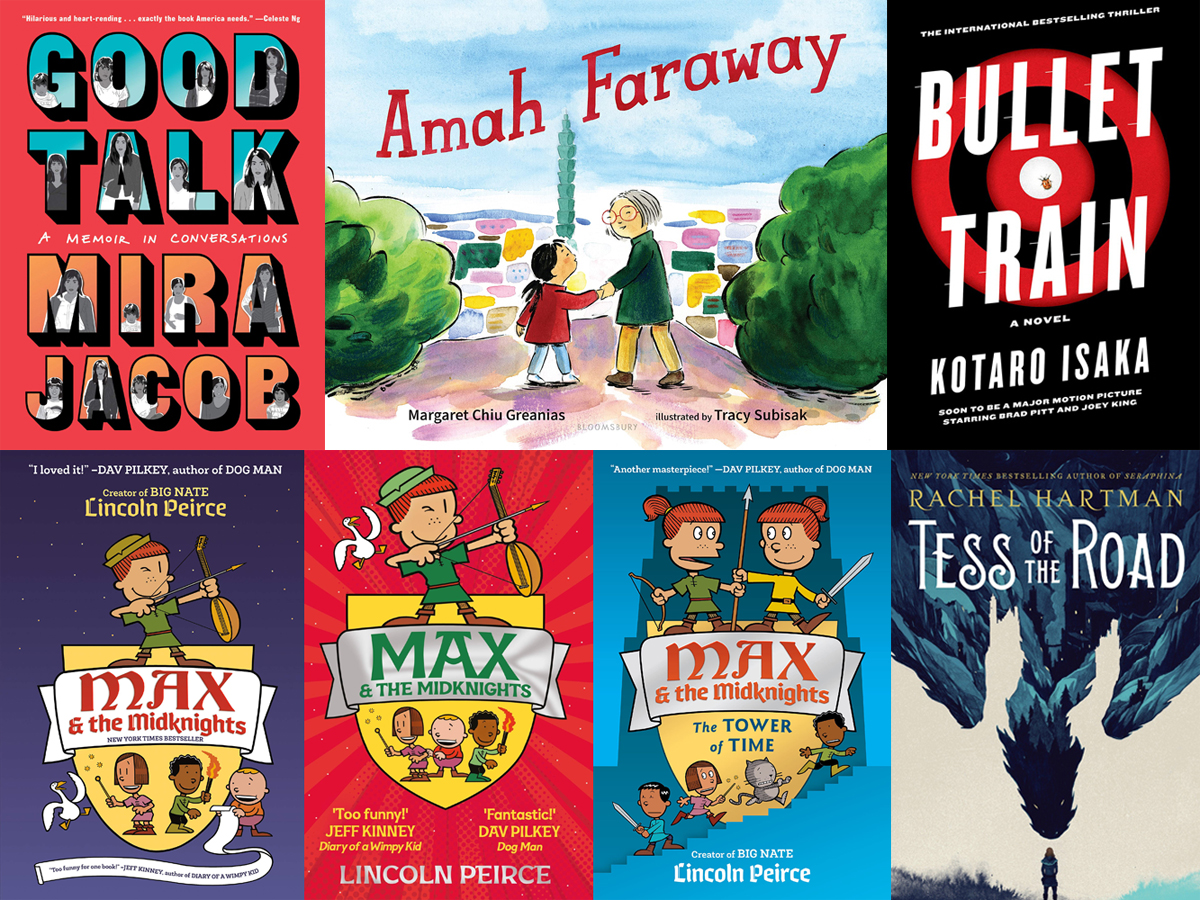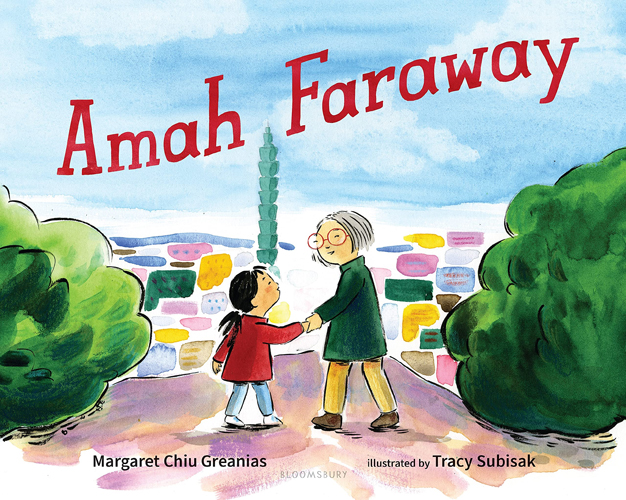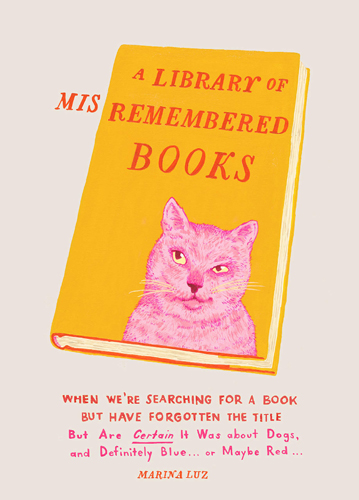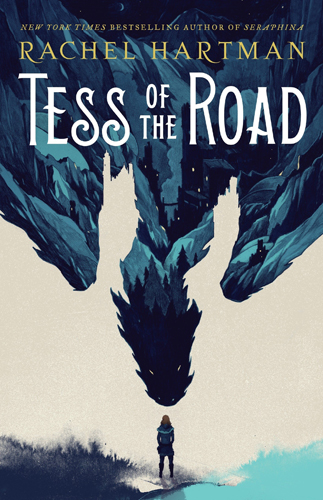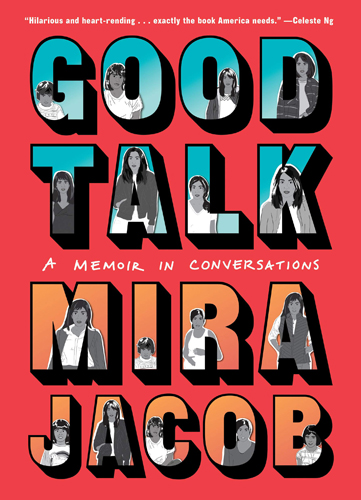It’s another grab bag week, because I’ve just got an eclectic mix of things I’ve been reading that don’t conform to a particular theme!
Amah Faraway written by Margaret Chiu Greanias, illustrated by Tracy Subisak
Over the past couple years, I haven’t covered many picture books, in part because my youngest kiddo is in third grade now. While we still enjoy picture books, I’m not reading them with her quite as often, and she’s also much more likely to be reading graphic novels and middle grade books. But this picture book really connected with us: it’s about a little girl, Kylie, who goes to visit her grandmother (“Amah”) in Taiwan. Although she’s used to video chats with her Amah, she doesn’t understand a lot of the language, and much of it is unfamiliar. Gradually, though, she’s able to open herself up to the experience, and dives into all of the rich, new experiences.
Although my parents live in the US, we still have family in Taiwan and have made a few trips there with my kids, and parts of Kylie’s experiences in the book felt very familiar to all three of my kids: overcoming language barriers, experiencing some culture shock, being picky about the food … and then picking up on some of the language, finding things they enjoy. One of the fun things about the book is that the story itself is a mirror poem, with the reflection point being the part where Kylie’s skepticism gives way to enthusiasm.
The book includes some Chinese—both the written characters and the pinyin pronunciation—so that readers can learn a few words and phrases, and the end papers have a lot of little illustrations that are labeled in English in the front and Chinese in the back. Our last trip to Taiwan together with my parents was in 2019, so this book was a reminder of the fun we had then, and also kindled a spark of hope that we’ll get to do it again soon.
Max and the Midknights by Lincoln Peirce
The first book in this graphic novel series was published in 2019, and my youngest has read it countless times since it arrived. We recently received the next two books in the series, Battle of the Bodkins and The Tower of Time, and I finally decided to check them out.
The story is set in the Middle Ages, and we first meet Max, whose uncle is a terrible troubador, traveling on the road and singing cringe-worthy songs. Max really isn’t interested in taking after Uncle Budrick and would rather be a knight—though of course that’s hard to do when you’re stuck traveling with a bad bard. But then they arrive in the city of Byjovia, and get caught up in an adventure: Uncle Budrick has been captured by the evil King Gastley (to be his court jester), and Max winds up recruiting a pack of kids to help rescue Budrick and save the kingdom.
The books are a combination of comics and prose, and if you’re familiar with the Big Nate comics, you’ll recognize both the art style and the sense of humor, which tends to be on the juvenile side. I found that mostly fine, though I occasionally came across insults like “wuss bag” that gave me flashbacks to junior high. Although the books take place in the Middle Ages, there are plenty of anachronisms thrown in for laughs, too, particularly in the case of Kevyn, who wants to be a writer and starts compiling a list of colorful expressions.
The second book involves bodkins, some mysterious spirits that can take on the form of other people, so the kids have to figure out who the real people are and who are the imposters. The third book takes us back into the past, revealing a bit about Max’s own origins, but also telling a bit more about the story of Byjovia (and its rival kingdom, Klunk). They were a fun read with a lot of silliness, and it was easy to see why my daughter enjoys them so much. (Since books 2 and 3 arrived, she’s read the whole series several times through.)
A Library of Misremembered Books by Marina Luz
This little pocket-sized book is a series of illustrations of book covers, but not of titles that you’d actually find at the library or the bookstore. All of the titles are vague descriptions of books that Luz found in book-search forums, the things people say when they’re trying to find a book but can only remember a few (often unhelpful) things about it. There are books like Dentist Being Extorted and Woman Cuts Sandwiches Diagonally and “Something Something” Beverly Hills. As somebody who has worked both at a bookstore and a library in the past, I’m very familiar with these types of book requests. What’s fun is that now, with the power of the internet, sometimes it’s possible to track down a book with just scraps of information. (I even had this experience myself recently: I remembered a book I’d read about a Chosen One wizard kid who failed to defeat the bad guy, and years later his best friend is living the life that was meant for him. I could remember the cover image vaguely and that much of the plot, and that was it. Some librarians managed to narrow it down: A Hero for the End of the World by Erin Claiborne, which I’d included in a Stack Overflow several years ago.)
Anyway, if you love books and have ever tried to find a book based on limited information, this one’s for you. As a fun exercise, I suppose you could try to figure out what actual books the titles are referring to. (Good luck with Looking for a Book. It’s Red.)
Tess of the Road by Rachel Hartman
A few weeks ago, I wrote about Seraphina and Shadow Scale, a two-book young adult series by Rachel Hartman set in a world with dragons and magic. Tess of the Road is the start of a new series set in that same world a few years later: Tess is Seraphina’s half-sister, somebody that you encounter only very briefly in the original books. She and her twin sister Jeanne are inseparable, but Tess has always been the “bad girl,” the one who pushes boundaries and asks too many questions and ends up getting spanked by her mother, who subscribes to St. Vitt’s teachings that one of the worst sins is to tempt a man. Now, Jeanne is getting married, and Tess is faced with a difficult decision to make about her future: she could continue to be Jeanne’s lady-in-waiting (and eventually a nursemaid), living with Jeanne’s overbearing in-laws, or she could join the convent.
Instead, she ends up running away from both options and hits the road, cutting herself off from her family and seeking … well, she’s not sure what, but an escape of some sort. She ends up with Pathka, a quigutl (small dragon-like creature) that she’s known since her childhood, and together they go south in search of what Pathka calls the “World Serpent.” Along the way, she encounters a variety of characters and situations that start to help her find clarity about her place in the world, as well as a way to come to terms with her past.
I really loved the Seraphina books, so I was excited to see where Hartman would take us next, and I wasn’t disappointed. Tess has survived trauma (which is revealed gradually over the course of the book as she faces those memories), and has largely blamed herself because of what she’s been taught. As she travels, she learns new ways to think about how the world should work; she begins to understand what she’s responsible for in the choices she’s made—but also that there are also things that have happened that aren’t her fault. All of this is wrapped up in a sort of road trip story that allows for many different vignettes.
I also liked the closer look at quigutl culture in this book. In the first two, we learn a little bit about these cousins to the dragons, who are looked down upon by both dragons and humans. They cannot take human form as the dragons do, and although they are the ones who craft a lot of the technology used by the dragons (and some humans), they’re often mistreated and misunderstood. Tess befriends a quigutl when she is a child, and is one of the few (or only?) humans who bothered to learn their language, and so she’s able to get a different perspective on how they live and why they behave the way they do. For me, it was a little similar to the way the Book of Boba Fett television series gave us a fuller picture of the Tuskens, who had previously been portrayed as just some sort of disposable bandits. Turns out they have families and rituals and a culture, too!
I’ve just begun the next book, In the Serpent’s Wake, which was just published last month, so I’m excited to see where Tess winds up next.
Bullet Train by Kotaro Isaka
Bullet Train is a Japanese thriller that reminds me of films like Snatch and Lock, Stock, and 2 Smoking Barrels: a pile of quirky criminals, each pursuing their own agendas, find their paths crashing together. Lots of people wind up dead, and nobody’s plans seem to work out exactly as intended. (And, in fact, the book has been made into a movie, due this July, starring Brad Pitt.)
Nanao, a man who has incredibly bad luck, has been sent on a “simple” job: get on the bullet train, steal a suitcase, and get off at the next stop. It should only take a few minutes.
Lemon and Tangerine have just rescued a crime lord’s son from his kidnappers and are on the way to deliver him home, along with the suitcase of money they took back from the kidnappers. Of course, the suitcase goes missing, and that’s only the beginning of their problems.
Kimura is a washed-up drunk, who’s just on the train to get his revenge—but finds himself trapped and outsmarted by a kid.
The Prince is a schoolboy, seemingly harmless but actually psychopathic and incredibly manipulative.
And that’s just a couple of the characters—there are more who come into the story later.
The story jumps around among the various characters—it’s always told in the third person, but with more insight into the thoughts of whichever character is the focus—and we move back and forth in the train as it travels from Tokyo to Morioka. The English translation is by Sam Malissa, and I found it a little stilted at first but eased into it, and ended up zipping through the book just to see what would happen next.
Lemon and Tangerine are an odd pair: they’re deadly assassins, but Lemon is really into Thomas the Tank Engine and is constantly analyzing people by comparing them to the various trains on the show. Tangerine, meanwhile, loves fiction and feels like anyone who doesn’t read fiction is hollow inside. Nanao, on the other hand, is like a clumsy MacGyver: he’s trying to get the job done, but circumstances just keep conspiring against him to make everything complicated.
The Prince is a downright disturbing character, as we learn both through some flashbacks and from his own thoughts. He’s figured out how to control people based on what they want, and has used blackmail and manipulation to terrorize his classmates, his school, and then some of the other characters on the train. He describes reading a book about the Rwandan genocide, from which he learned the lesson that people often go along with the larger group—so then he uses that fact to his own advantage. You find yourself rooting for several of the characters in the book even though they’re all killers, but the Prince is just despicable.
Isaka did a great job of throwing a whole lot of random threads in all directions, tangling them up into a huge mess, but then wrapping up all the loose ends by the time the book ends. If you’re looking for a high-speed fiasco, it’s worth hopping aboard this train.
Good Talk: A Memoir in Conversations by Mira Jacob
My county’s public library system has an “Everybody Reads” program each year, where they select a book and then has various events and discussions about that book. I haven’t always kept up with it, but I decided to pick up this year’s selection at the bookstore. Good Talk is a memoir in comic book format, with drawings of the people cut out and pasted into photographed backgrounds. Generally, the same drawing is used for each person throughout (though there are a few versions of some characters to represent different ages), giving it an interesting copy-paste look. Mira Jacob recounts various conversations from her life—with her parents, with her husband, with her son—often having to do with race.
Jacob’s parents immigrated from India after a quickly arranged marriage, and she grew up in New Mexico. She talks to her parents about the difference between an arranged marriage and a love marriage, and relates some of her dating experiences. Her son (six years old in most of the conversations in the book) asks a lot of tough questions about having dark skin, about having a white dad, and Jacob struggles with how much to tell him and how to explain things. Do you describe the world as you see it, or as you hope it could be? Jacob’s encounters with prejudice don’t end when she visits family in India, either: she discovers that her darker skin is seen as undesirable even among those she thought would just see her as a fellow Indian. The book, originally published in 2020, also includes several conversations about Obama’s election and Trump’s election, the reactions that Jacob and her friends and family had.
I wouldn’t necessarily say I enjoyed the book, because a lot of the conversations are difficult to read, and many are about uncomfortable topics, but I’m really glad I read it. It’s thoughtful and thought-provoking, and I think it’s worth checking out.
My Current Reads
I picked up a couple other books at the store that I’d heard about and have started reading them. Deaf Republic by Ilya Kaminsky is a war story told in poems, and it begins with the poem “We Lived Happily During the War,” which I’d seen posted on social media in the past. I saw it again recently after Russia invade Ukraine, and decided to see what the rest of the book is about. A deaf boy is killed by occupying soldiers, and the town goes deaf in response, learning sign language and refusing to communicate with the soldiers.
I also got a copy of Rise: A Pop History of Asian America from the Nineties to Now by Jeff Yang, Phil Yu, and Philip Wang. These are people I’ve followed for a while, and I appreciate their insights into Asian American culture. I’m excited to browse through this hefty book.
Disclosure: I received review copies of the books mentioned in this column except where otherwise noted. Affiliate links to Bookshop.org help support my writing and independent bookstores.
